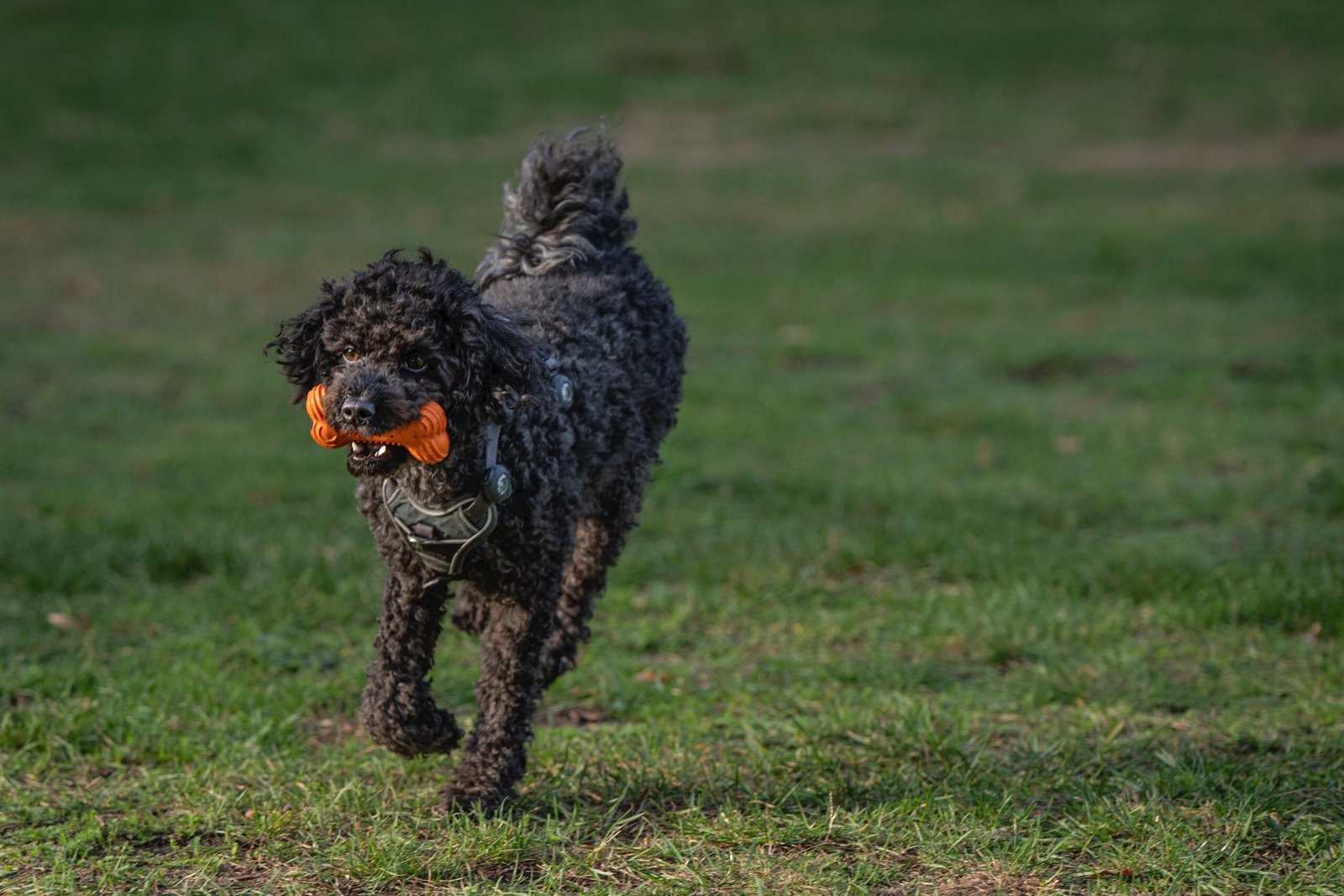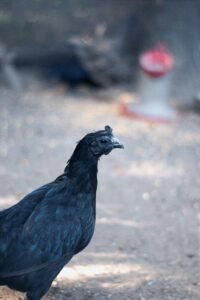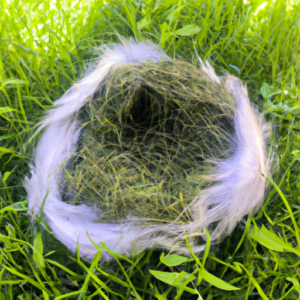
If you’re an aspiring chicken owner, you may be wondering how to create a safe yet enjoyable outdoor space for your feathered friends to roam. Building a chicken run that offers outdoor access while ensuring their protection is crucial. This article will guide you through the necessary steps and considerations, helping you provide a secure and stimulating environment for your chickens to explore and enjoy the great outdoors. With a bit of planning and some simple materials, you’ll be well on your way to creating a happy and healthy space for your beloved birds.

Choosing the Right Location
Consider the size of the chicken run
When choosing a location for your chicken run, it is essential to consider the size of the area. Make sure it is spacious enough to accommodate all your chickens comfortably. They should have ample space to roam around, stretch their wings, and engage in natural chicken behaviors like scratching and pecking the ground.
Evaluate the terrain and drainage
The terrain and drainage of the chosen location are crucial factors to consider when building a chicken run. Choose an area that is relatively level and free from low-lying spots where water can accumulate during heavy rainfall. Ensuring proper drainage will prevent the run from becoming muddy and waterlogged, which can lead to health issues for your chickens.
Assess the proximity to your house
Another aspect to consider is the proximity of the chicken run to your house. It is beneficial to have it located reasonably close to your home, allowing for convenient access. This proximity makes it easier for you to monitor your chickens, especially during inclement weather or when predators are active.
Designing the Structure
Select a suitable fencing material
Choosing the right material for the chicken run’s fencing is crucial for the safety and security of your flock. Opt for sturdy wire mesh or hardware cloth that is small enough to prevent predators from reaching through. Avoid using chicken wire as it is not effective in keeping out determined predators.
Decide on the height and width of the chicken run
The height and width of the chicken run are essential considerations to protect your flock from both ground-based and aerial predators. Aim for a minimum height of six feet to discourage predators from scaling the fence. The width should be sufficient for chickens to move comfortably without feeling crowded.
Install a secure gate
Installing a secure gate is necessary for easy access to the chicken run while ensuring predators cannot enter. Choose a gate that is sturdy and can be securely locked. This will allow you to enter the run for cleaning, feeding, and interacting with your chickens while keeping them safe and secure.
Incorporate a roof for protection
Including a roof in the design of the chicken run is essential for protecting your flock from the elements and aerial predators. A solid roof will provide shade during hot weather and prevent rain or snow from entering the run. It is important to ensure the roof is securely installed and will not be easily damaged by strong winds or other weather conditions.

Preparing the Ground
Clear vegetation and debris from the area
Before constructing the chicken run, it is vital to clear the area of any vegetation or debris. Remove rocks, branches, and other objects that could pose a hazard to your chickens. This step will also help prevent potential hiding spots for predators.
Level the ground
To create a stable and even surface for your chicken run, it is essential to level the ground. Remove any uneven patches and fill in holes to prevent your chickens from tripping or injuring themselves while moving around the run.
Consider adding a layer of gravel or sand
Adding a layer of gravel or sand to the ground can provide several benefits for your chicken run. It helps with proper drainage, prevents mud formation, and makes it easier to clean the run. Additionally, chickens will enjoy dust bathing and foraging in the loose material.
Prevent digging predators
To protect your flock from digging predators such as raccoons or foxes, consider burying wire mesh or hardware cloth along the perimeter of the chicken run. This will make it challenging for predators to dig underneath and gain access to your chickens.
Ensuring Safety
Cover the chicken run with strong netting or wire mesh
To prevent aerial predators such as hawks or owls from attacking your flock, it is crucial to cover the chicken run with strong netting or wire mesh. Ensure that the netting or mesh has small enough gaps to prevent even the smallest predators from entering.
Secure the bottom of the fencing
Securing the bottom of the chicken run’s fencing is important to prevent predators from digging underneath. Bury the fencing a few inches into the ground, or use rocks or bricks to weigh down the bottom edge and make it difficult for predators to push through.
Protect against digging predators
In addition to securing the bottom perimeter, it is necessary to protect your chickens from digging predators such as raccoons or badgers. Consider extending the wire mesh or hardware cloth horizontally along the ground, burying it several inches deep. This will prevent predators from burrowing into the chicken run.
Avoid toxic plants in and around the chicken run
When designing and choosing plants for the area surrounding the chicken run, it is essential to avoid toxic plants. Some plants, such as lilies, daffodils, or azaleas, can be harmful or even fatal to chickens if ingested. Research chicken-safe plants and ensure the area is free from toxic vegetation.

Providing Shade and Shelter
Create shaded areas within the chicken run
Chickens need access to shade, especially during hot weather, to prevent heat stress or dehydration. Create shaded areas within the chicken run by positioning structures, such as trees or umbrellas, strategically. This will provide your chickens with relief from direct sunlight while still allowing them to enjoy the outdoors.
Include a covered shelter
In addition to shaded areas, it is vital to include a covered shelter within the chicken run. This shelter will protect your chickens from rain, wind, and excessive sun exposure. It should be large enough to accommodate all your chickens comfortably, with adequate ventilation to ensure good airflow.
Provide nesting boxes and perches
To meet the natural needs of your chickens, provide nesting boxes and perches within the chicken run. Nesting boxes should be easily accessible and comfortable for your chickens to lay their eggs. Perches should be positioned at different heights to allow chickens to roost and rest.
Creating Access for Chickens
Install a chicken-sized door
To allow your chickens easy access to the outdoor run, install a chicken-sized door in the chicken coop or house. This door should be large enough for chickens to comfortably enter and exit, and adjustable to control their access during certain times of the day.
Attach ramps or steps
If your chicken run has elevation changes or uneven terrain, it is beneficial to attach ramps or steps to aid your chickens’ movement. Ramps or steps will make it easier for them to navigate the terrain and access different areas of the run.
Consider multiple entry points
To ensure efficient movement of your chickens in and out of the chicken run, consider incorporating multiple entry points. This will prevent crowding and potential conflicts among your flock as they enter or leave the run.
Offering Food and Water
Place feeding and watering stations inside the chicken run
To provide your chickens with easy access to food and water within the chicken run, place feeding and watering stations strategically. Ensure these stations are securely positioned to prevent tipping over and becoming contaminated with dirt or droppings.
Ensure easy access and protection from pests
When setting up feeding and watering stations, it is important to ensure easy access for your chickens while also protecting the food and water from pests. Use hanging feeders and nipple waterers to prevent contamination and reduce the risk of attracting rodents or insects.
Implement a system for regular cleaning
Maintaining cleanliness and hygiene in the chicken run is crucial for the health and well-being of your flock. Implement a system for regular cleaning of the feeding and watering stations, removing any spilled food or dirty water promptly.
Maintaining Hygiene and Health
Clean the chicken run regularly
Regular cleaning of the chicken run is essential to maintain hygiene and prevent the accumulation of droppings, feathers, or other waste materials. Remove soiled bedding, droppings, and other debris on a regular basis to keep the run clean and prevent disease.
Use non-toxic cleaning products
When cleaning the chicken run, it is important to use non-toxic cleaning products. Avoid harsh chemicals that can be harmful to both your chickens and the environment. Opt for natural alternatives such as vinegar or hydrogen peroxide mixed with water.
Implement parasite prevention measures
To ensure the health and well-being of your flock, implement parasite prevention measures. Regularly inspect your chickens for signs of external parasites like mites or lice and use appropriate treatments as needed. Keep the chicken run clean and dry to minimize the risk of parasites.
Integrating Vegetation and Landscaping
Plant chicken-safe grass or herbs
Integrating vegetation and landscaping within the chicken run can provide additional benefits for your flock. Plant chicken-safe grass or herbs that can withstand regular pecking and scratching. This will provide forage opportunities and add variety to their diet.
Create a dust bath area
Chickens love to engage in dust bathing, which helps them maintain good feather condition and prevent parasites. Create a designated dust bath area within the chicken run by adding a shallow box or pit filled with sand or fine soil. This will encourage your chickens to engage in this natural behavior.
Consider incorporating fruit trees or shrubs
If space permits, consider incorporating fruit trees or shrubs within the chicken run. Not only will they provide shade and visual appeal, but they may also offer additional foraging opportunities for your chickens when they drop fruits or berries.
Monitoring and Supervision
Regularly inspect the chicken run
Regular inspection of the chicken run is vital to ensure the safety and comfort of your flock. Check the integrity of the fencing, roofing, and gates to identify any potential weak points or damage. Inspect the overall cleanliness of the run and monitor for potential signs of predators or stress among your chickens.
Ensure daily supervision
Daily supervision is essential for the well-being of your chickens. Spend time observing their behavior, ensuring they are active, eating and drinking, and interacting positively. By being present and attentive, you can quickly identify any issues and provide timely care.
Monitor for signs of stress or illness
While supervising your chickens, it is important to monitor for signs of stress or illness. Look for symptoms such as decreased appetite, lethargy, abnormal behavior, or physical injuries. Promptly address any concerns by seeking veterinary assistance or adjusting their environment if necessary.
Building a chicken run that provides outdoor access while ensuring the safety and well-being of your flock requires careful planning and consideration. By following the guidelines outlined in this article, you can create a secure and comfortable space for your chickens to enjoy the outdoors while protecting them from potential predators and hazards. Remember to regularly inspect and maintain the chicken run to provide a healthy and happy environment for your feathered friends.







